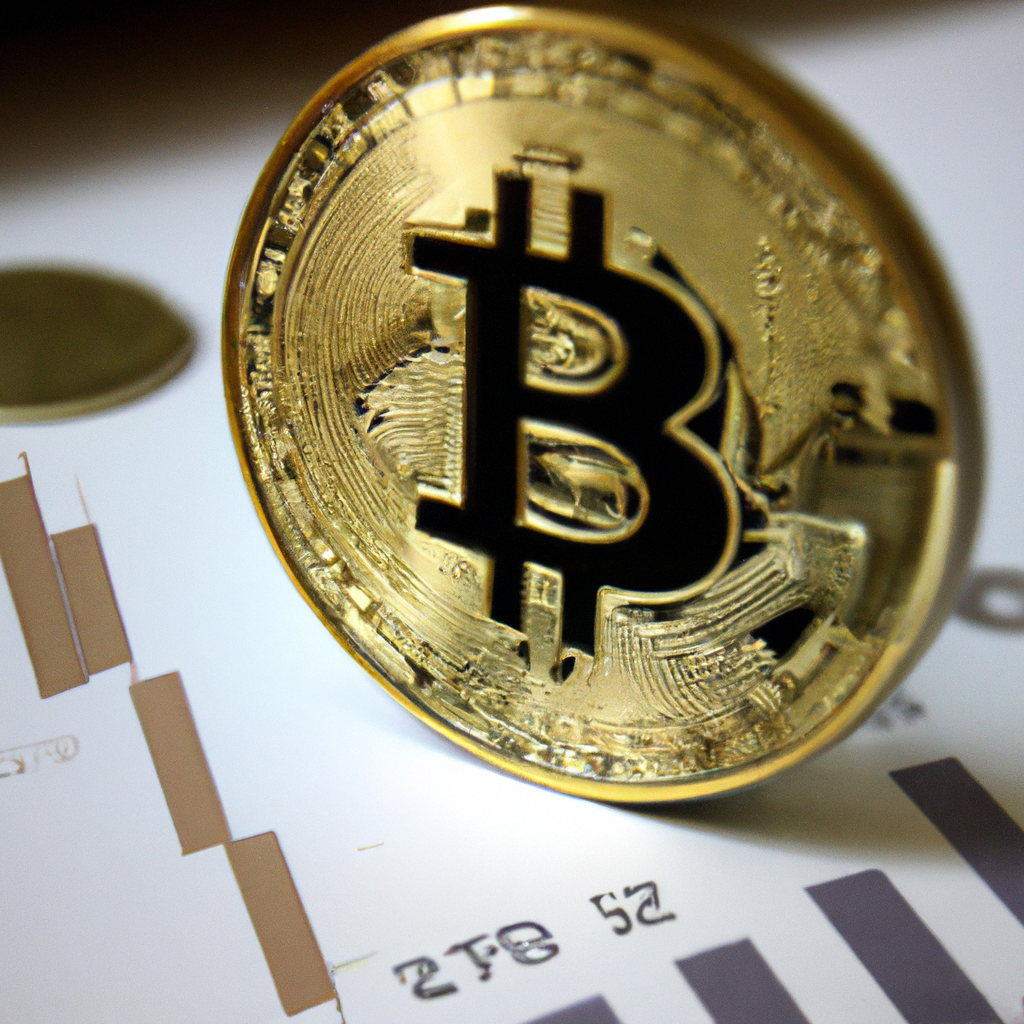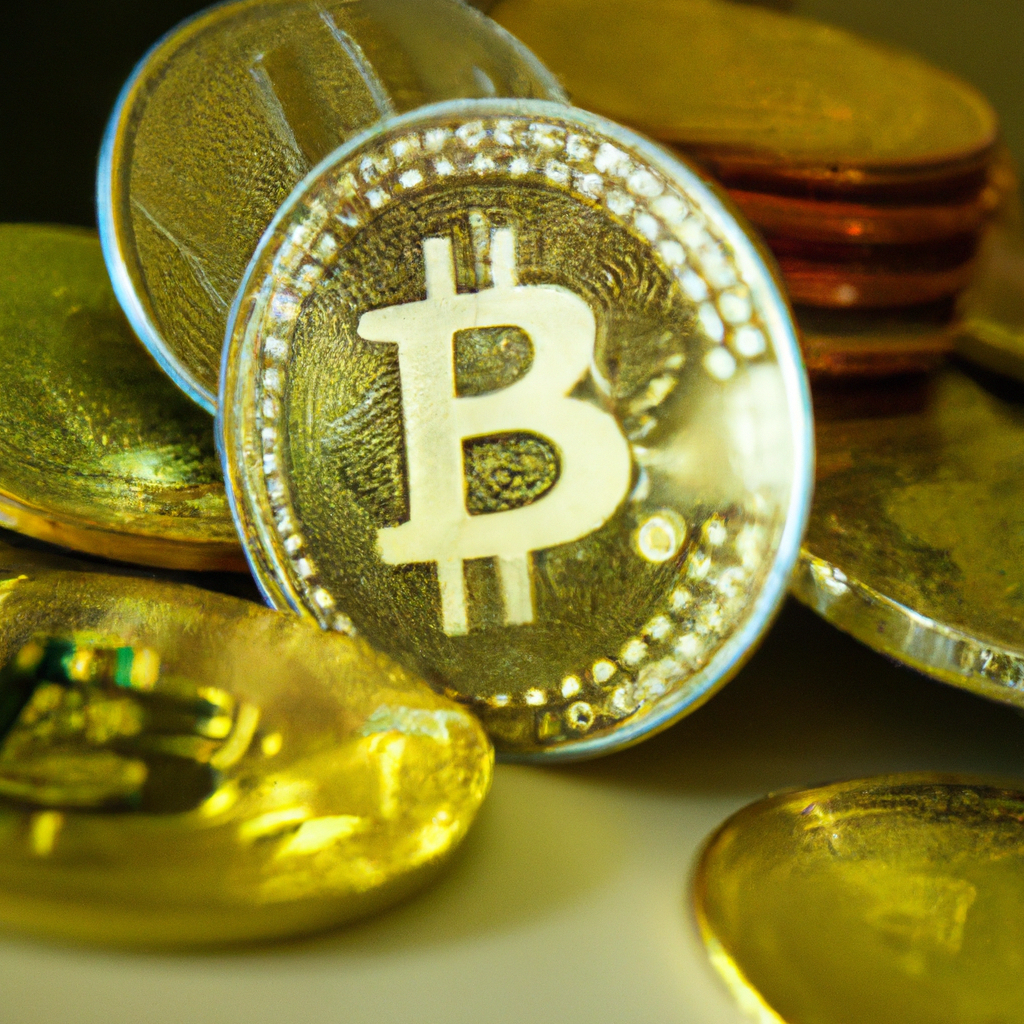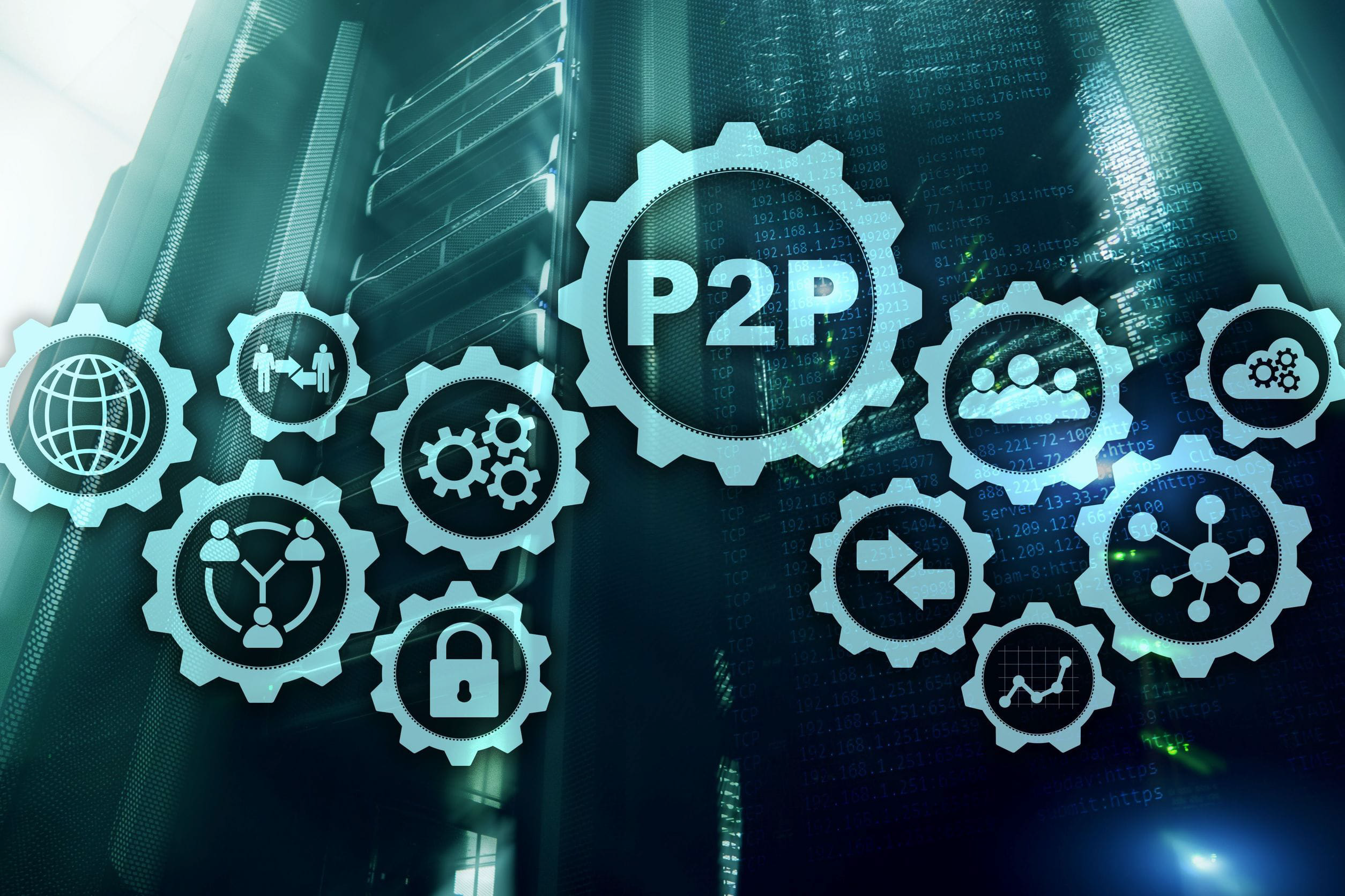
What is decentralized identity?



Cryptocurrencies have revolutionized the financial industry in ways that were unimaginable a few decades ago. The decentralized and transparent nature of cryptocurrencies has made them a popular investment option for traders across the world. However, crypto trading can be a lonely affair, with traders having to rely on their analysis and expertise to make trading decisions. This is where social interactions come in, as they can provide traders with valuable insights, support, and community.
Social interactions play a crucial role in our lives, and they are also important in the world of crypto trading. Interacting with other traders can provide you with a wealth of information and insights that you might not have access to otherwise. Social interactions can also help you stay motivated and engaged in the fast-paced world of cryptocurrency trading. Moreover, trading communities can offer a support system where you can learn from the experiences of other traders and avoid common mistakes.
Trading communities are groups of traders that come together to share ideas, experiences, and insights. These communities can be online or offline, and they can offer a valuable support system for traders. In a trading community, you can learn from the experiences of other traders, get feedback on your trading strategies, and share your own insights with others. Trading communities can also offer you access to market analysis, news, and other valuable resources that can help you make informed trading decisions.
Social media platforms like Twitter, Telegram, and Discord have become popular hubs for crypto traders to interact with each other. These platforms offer traders a place to share their ideas, insights, and analysis in real-time. Traders can follow other traders, join groups, and engage in conversations that can help them stay up-to-date with the latest trends and news. Social media can also be a great source of market analysis, news, and insights that can help traders make informed decisions.
Social trading platforms are online platforms that allow traders to interact with each other and copy each other’s trades. These platforms offer a unique opportunity for traders to learn from the experiences of other traders and follow their trading strategies. Social trading platforms can also offer traders access to market analysis, news, and other valuable resources that can help them make informed trading decisions.
Crypto trading apps are increasingly integrating social features, such as chat rooms, forums, and news feeds. These features allow traders to interact with each other and share their trading insights, strategies, and experiences. The integration of social features into trading apps can help traders stay engaged and informed, while also providing them with a support system to learn from others.
Social interactions can have a significant impact on cryptocurrency prices. Social media platforms are often used by traders to share their insights and analysis, which can influence the decisions of other traders. Moreover, social media can also be used by traders to spread rumors and misinformation that can lead to price fluctuations. It is important for traders to be aware of the impact of social interactions on cryptocurrency prices and to use social media responsibly.
To leverage the power of social networks, traders should focus on building relationships with other traders and sharing their knowledge and insights. Traders should also be open to feedback and criticism from other traders, as this can help them improve their trading strategies. Moreover, traders should be active on social media platforms and engage in conversations with other traders to stay up-to-date with the latest trends and news.
Social trading can help improve your investing skills by allowing you to learn from the experiences of other traders. By following the trades of successful traders, you can gain insights into their trading strategies and learn how to make informed trading decisions. Moreover, social trading platforms can offer you access to market analysis, news, and other valuable resources that can help you make better trading decisions.
Social trading can also come with its own set of challenges and risks. Traders should be aware of the risks of blindly following other traders and should always conduct their own research and analysis before making trading decisions. Moreover, traders should be cautious of rumors and misinformation that can spread quickly on social media platforms and can lead to price fluctuations.
To make the most of social interactions in crypto trading, traders should focus on building relationships with other traders, sharing their knowledge and insights, and being open to feedback and criticism. Moreover, traders should be active on social media platforms and engage in conversations with other traders to stay up-to-date with the latest trends and news. Traders should also be cautious of rumors and misinformation and should always conduct their own research and analysis before making trading decisions.
Social interactions are becoming increasingly important in the world of crypto trading. Trading communities, social media platforms, and social trading platforms are all contributing to the growth of social interactions in crypto trading. As technology continues to evolve, we can expect to see more integration of social features into trading apps and platforms. The future of crypto trading is likely to be more social and collaborative, with traders relying on each other’s expertise and insights to make informed trading decisions.

Crypto trading has come a long way since the early days of Bitcoin, when it was mostly a hobbyist pursuit. Today, crypto markets are highly competitive, with millions of traders around the world seeking to make profits from the volatile price movements of cryptocurrencies. Successful trading in this environment requires not only technical knowledge and analytical skills, but also a deep understanding of human psychology. In this article, we explore the different types of crypto traders, their emotional and cognitive biases, and the social dynamics that shape their behavior. We also discuss strategies for building a strong mental game and coping with the inevitable losses that come with trading.
Crypto traders come in many shapes and sizes, but they can be broadly classified into several categories based on their trading styles and time horizons. Day traders are those who buy and sell cryptocurrencies within a single day, seeking to profit from short-term price fluctuations. Swing traders hold positions for several days or weeks, aiming to capture medium-term trends. Position traders, or hodlers, hold cryptocurrencies for months or even years, betting on long-term growth. Each type of trader has its own strengths and weaknesses, and the choice of trading style depends on individual preferences, risk tolerance, and market conditions.
Emotions play a major role in crypto trading, often leading to irrational decisions and excessive risk-taking. Fear, greed, euphoria, and panic are common emotions experienced by traders, and they can have a significant impact on market sentiment and price movements. Fear, for example, can cause traders to sell their holdings prematurely, while greed can make them hold on to losing positions for too long. Euphoria can lead to overconfidence and excessive risk-taking, while panic can trigger a mass sell-off and a sharp price drop. Understanding and managing emotions is therefore essential for successful trading.
Cognitive biases are mental shortcuts or heuristics that humans use to make decisions quickly and efficiently, but which can also lead to errors and distortions. In crypto trading, several biases can affect decision-making, such as confirmation bias, which leads traders to seek information that confirms their preconceived ideas, and anchoring bias, which causes them to rely too heavily on a single piece of information. Other biases include overconfidence, loss aversion, and sunk cost fallacy. These biases can lead to overtrading, poor risk management, and missed opportunities. Recognizing and overcoming biases is therefore crucial for making informed trading decisions.
Fear and greed are the two primary emotions that drive crypto trading, and they are often in conflict with each other. Fear of missing out (FOMO) can make traders enter a position at the top of a bull run, while fear of loss (FUD) can cause them to sell at the bottom of a bear market. On the other hand, greed can make traders hold on to a winning position for too long, ignoring warning signs of a market reversal. Balancing fear and greed requires discipline, patience, and a clear trading plan based on objective criteria.
Traders use various methods to analyze market trends and make trading decisions, but they can be broadly classified into two categories: technical analysis and fundamental analysis. Technical analysis relies on chart patterns, indicators, and mathematical models to predict price movements, while fundamental analysis examines the underlying economic, political, and social factors that affect the value of a cryptocurrency. Each approach has its supporters and detractors, and the choice of method depends on individual preferences and market conditions. Traders who rely on technical analysis tend to be more short-term oriented, while those who favor fundamental analysis tend to have a longer-term perspective.
Crypto trading is not only an individual activity, but also a social one. Traders often share information, opinions, and strategies with each other, forming communities that can influence market sentiment and price movements. Social media platforms such as Twitter, Reddit, and Telegram are popular channels for crypto traders to share their views and connect with each other. However, social dynamics can also lead to herd behavior, where traders follow the crowd without doing their own research, or to toxic behavior, such as trolling and spreading misinformation. Being aware of social dynamics and choosing reliable sources of information is therefore crucial for making informed trading decisions.
FOMO and FUD are two common emotions that affect trader behavior in crypto markets. FOMO, or fear of missing out, can cause traders to enter a position at the top of a bull run, hoping to ride the wave of rising prices. FUD, or fear, uncertainty, and doubt, can trigger a mass sell-off and a sharp price drop, as traders panic and sell their holdings. Both emotions can be amplified by social media and news coverage, leading to a feedback loop of buying or selling pressure. Recognizing and managing FOMO and FUD is therefore essential for making rational trading decisions.
Crypto markets are notoriously volatile, with frequent cycles of boom and bust that can last for months or even years. The psychology of market cycles is driven by a combination of economic factors, technological innovation, regulatory changes, and investor sentiment. Market cycles often lead to the formation of bubbles, where prices rise rapidly and unsustainably, followed by a sharp correction. Bubbles are fueled by greed, euphoria, and FOMO, and are often characterized by a herd mentality and a disregard for fundamentals. Knowing how to recognize and avoid bubbles is therefore essential for avoiding major losses.
Building a strong mental game is a key component of successful crypto trading. A strong mental game involves discipline, patience, emotional control, and a clear trading plan. Traders need to be able to resist the urge to chase short-term profits, manage their risk effectively, and stay focused on their long-term goals. They also need to be able to cope with losses and setbacks, and to maintain a positive and constructive attitude towards trading. Developing a strong mental game requires practice, self-reflection, and a willingness to learn from mistakes.
Losses are an inevitable part of crypto trading, and dealing with them effectively is crucial for maintaining mental health and avoiding burnout. Coping strategies for dealing with losses include taking a break from trading, seeking social support, and reframing losses as learning opportunities. Traders also need to be aware of the danger of obsessively checking prices, which can lead to anxiety and addiction. Maintaining mental health also involves practicing self-care, such as exercise, meditation, and a balanced lifestyle. Seeking professional help if needed is also important.
Crypto trading is a dynamic and rapidly evolving field, with new technologies, markets, and regulations emerging all the time. The psychological challenges of trading are likely to persist, however, as human nature and behavior are unlikely to change. Therefore, the key to successful crypto trading is not only technical expertise and market knowledge, but also a deep understanding of human psychology and the ability to manage emotions, biases, and social dynamics. By building a strong mental game and staying grounded in reality, traders can navigate the ups and downs of crypto markets and achieve their long-term goals.

Emotions play a crucial role in our lives, impacting our behavior and decision-making. At the same time, blockchain technology is revolutionizing the way we handle data, transactions, and trust. Emotional states and blockchain may seem like unrelated topics, but the truth is that they are closely connected. In this article, we will explore the ways in which blockchain can impact our emotional states and how this, in turn, can influence blockchain adoption and development.
Blockchain adoption has been slow in many sectors, partly due to the fear of the unknown and resistance to change. Emotional factors also play a role, with people’s trust in new technologies heavily influenced by their emotional states. Fear can cause people to avoid new technologies, while positive emotions such as excitement and curiosity can encourage adoption. Understanding these emotional factors is crucial to drive blockchain adoption.
Blockchain technology has the potential to impact our emotional states significantly. The decentralization and transparency of blockchain can create trust and security, leading to positive emotions such as peace of mind and confidence. On the other hand, the lack of transparency and control in traditional systems can cause anxiety and stress.
Transparency is one of the essential features of blockchain technology. It allows users to see how the system works, who is involved, and how transactions are processed. This transparency can create trust and reduce anxiety, leading to positive emotions such as confidence and security.
Decentralization is another critical feature of blockchain. It removes the need for intermediaries, creating a trustless system where all users have equal rights and control. This decentralization can create a sense of empowerment and control, leading to positive emotions such as freedom and independence.
Blockchain technology can empower users to control their data and, by extension, their emotions. With blockchain, users can decide who has access to their data, how it is used, and they can even monetize it. This control can create positive emotions such as autonomy and self-determination.
Security is a crucial aspect of emotional well-being. With blockchain’s encryption and security features, users can feel safe knowing that their data and transactions are protected. This security can lead to positive emotions such as peace of mind and trust.
Tokenization, the process of representing assets or ownership on the blockchain, can have psychological effects on users. Tokenization can create a sense of ownership and connection to assets, leading to positive emotions such as pride and attachment. In contrast, the lack of ownership in traditional systems can cause negative emotions such as resentment and detachment.
Blockchain technology has the potential to revolutionize mental health care. With blockchain, patients can have control over their data and privacy, while doctors can have access to accurate and secure information. This transparency and control can lead to positive emotions such as trust and collaboration, improving patient outcomes.
Emotional intelligence is the ability to understand and manage one’s emotions and those of others. In the context of blockchain, emotional intelligence can play a crucial role in trust-building and collaboration. Emotional intelligence can help users navigate the complexities of blockchain technology, leading to positive emotions such as empathy and cooperation.
Emotional analytics, the use of data to predict and analyze emotions, can have significant implications for blockchain technology. By using blockchain, emotional analytics can be secure, transparent, and ethical. This data can be used to develop personalized products and services, leading to positive emotions such as satisfaction and happiness.
The Future of Emotional States in the Blockchain Era
As blockchain technology continues to evolve and expand, the impact on emotional states will become more apparent. Understanding the emotional factors that influence blockchain adoption and development is crucial to harnessing the full potential of this technology. With transparency, control, security, and emotional intelligence, blockchain has the potential to transform the way we interact with data, transactions, and each other. The future of emotional states in the blockchain era is bright, and we are only beginning to scratch the surface of what is possible.

Peer-to-peer (P2P) networks are decentralized systems where nodes communicate and share resources directly between one another, without the need for intermediaries. P2P networks have numerous applications, including file sharing, communication, and online gaming. However, they also have great potential for global development, as they can facilitate collaboration and resource sharing on a global scale.
The use of P2P networks in development is still in its infancy, but it is rapidly gaining traction as new initiatives emerge. This article will explore the benefits of P2P networks in development, how they are revolutionizing international aid, and the technical architecture behind them.
One of the primary benefits of P2P networks in development is their ability to facilitate collaboration and knowledge sharing. By connecting individuals and organizations across the globe, P2P networks allow for the sharing of ideas, resources, and best practices. This can result in more efficient and effective development projects.
P2P networks can also help to address the issue of unequal distribution of resources. By enabling individuals and communities to share resources directly with one another, P2P networks can help to bridge the gap between areas with plenty of resources and those lacking in resources.
Another benefit of P2P networks in development is their potential to empower communities. By giving individuals and communities direct access to information and resources, P2P networks can help them to take control of their own development and work towards their own goals.
P2P networks are revolutionizing international aid by creating new models of aid delivery that are more efficient, transparent, and accountable. For example, platforms like Kiva and Zidisha enable individuals to make microloans directly to entrepreneurs in developing countries, bypassing traditional intermediaries like banks.
P2P networks are also enabling new forms of crowdfunding for development projects. Platforms like Indiegogo and Kickstarter allow individuals to directly support development projects they believe in, and see the impact of their contributions.
P2P networks are also being used to connect volunteers with development organizations. Platforms like Sparked and Catchafire match volunteers with skills in areas like design, marketing, and tech with organizations in need of those skills.
There are many different types of P2P networks that can be used for global development. Some examples include:
P2P networks are built on a decentralized architecture, where each node in the network can act as both a client and a server. This means that nodes can share resources directly with one another, rather than relying on a central server.
P2P networks can be classified into two main categories: unstructured and structured. Unstructured networks, like file-sharing networks, allow nodes to connect to any other node in the network. Structured networks, like BitTorrent, use algorithms to create a structured topology that enables more efficient resource sharing.
One of the challenges of P2P networks is ensuring security and privacy. Since nodes in a P2P network can connect directly to one another, there is a risk that malicious nodes could compromise the network. Encryption and authentication can be used to mitigate this risk.
Privacy is also a concern, as P2P networks can potentially reveal the identity and location of users. Techniques like onion routing and anonymous overlays can be used to protect user privacy.
Implementing P2P networks for development projects requires careful planning and consideration. Some key steps include:
While P2P networks have great potential for global development, they also face several challenges and limitations. These include:
There are many examples of successful P2P networks for development. For example:
The future of P2P networks in global development is bright. As technology continues to advance, P2P networks will become more scalable, secure, and user-friendly. They will play an increasingly important role in enabling collaboration, resource sharing, and community empowerment for development projects around the world.
If you’re interested in getting involved in P2P networks for global development, there are many ways to do so. You can:
Peer-to-peer networks have great potential to transform the way development projects are implemented and supported. By enabling collaboration, resource sharing, and community empowerment on a global scale, P2P networks can help to address some of the biggest challenges facing the development sector. As the use of P2P networks for development continues to grow, we can expect to see even greater impact in the years to come.
VIRTUAL IDENTITY COMMUNITY
RESEARCH & DEVELOPMENT
More results...

